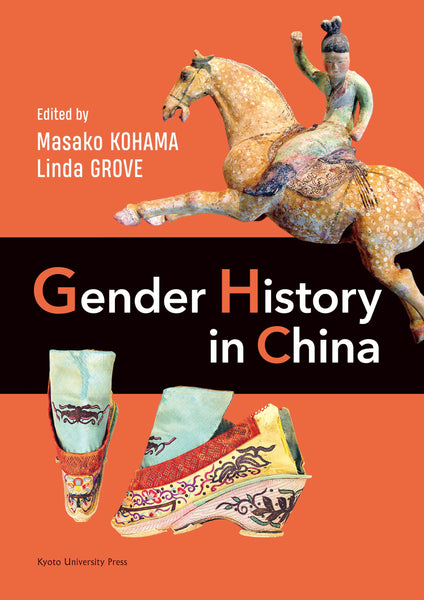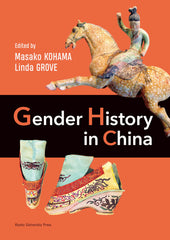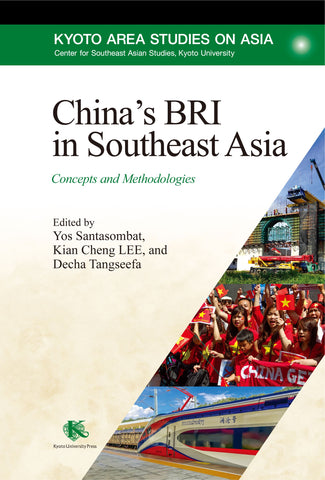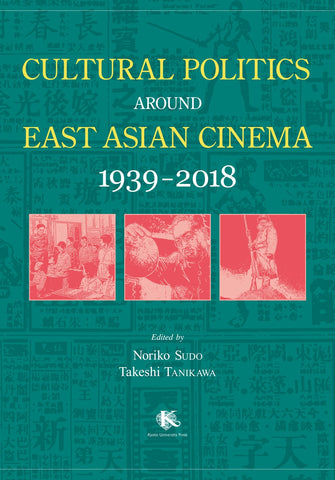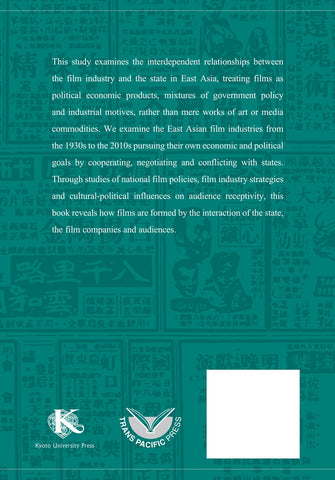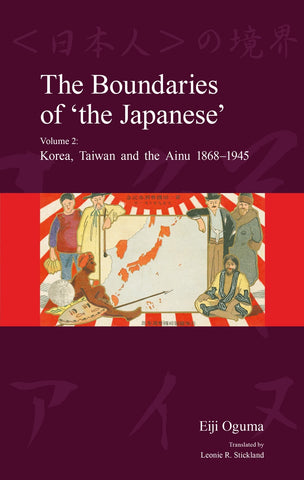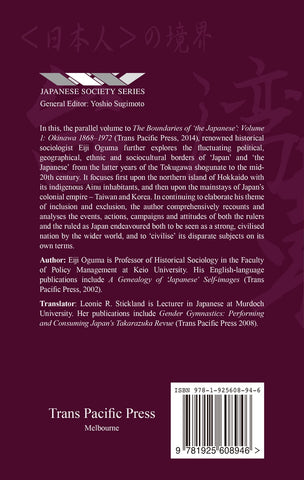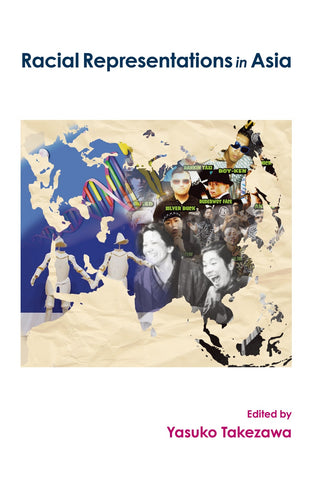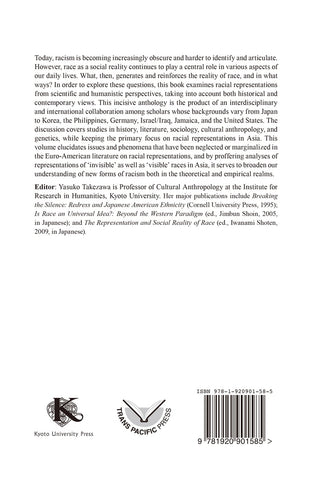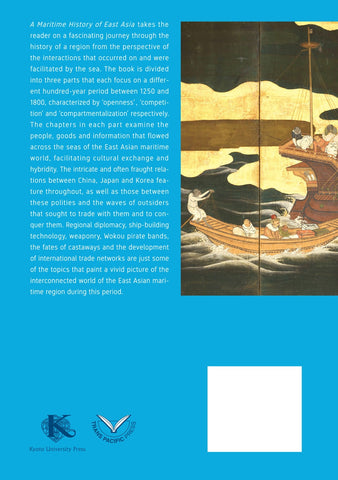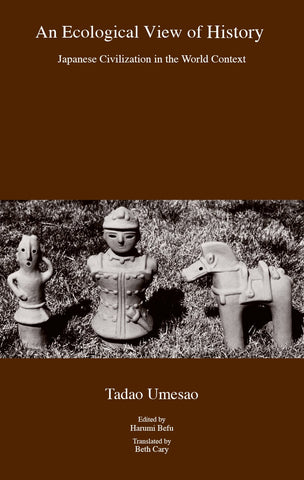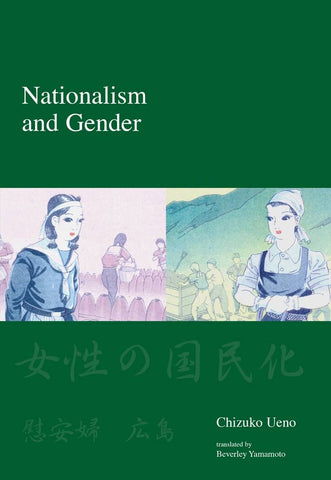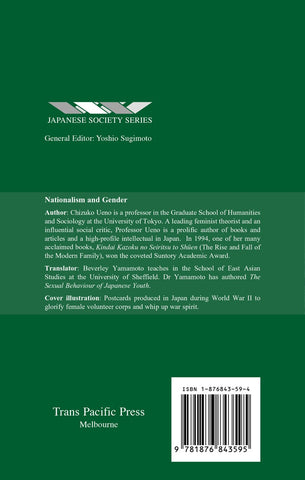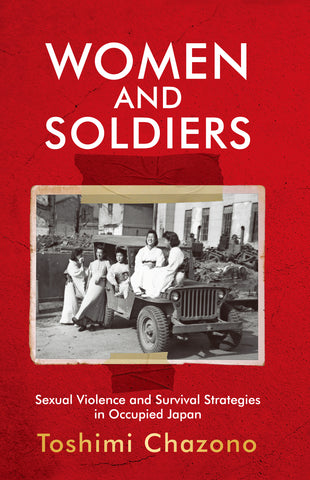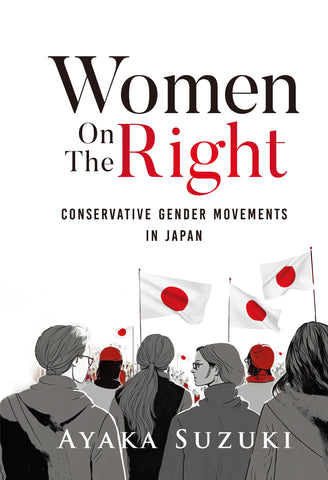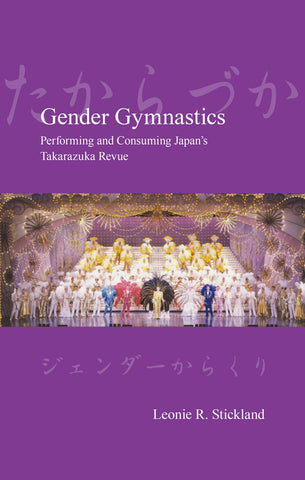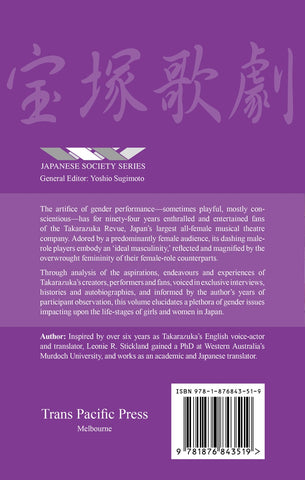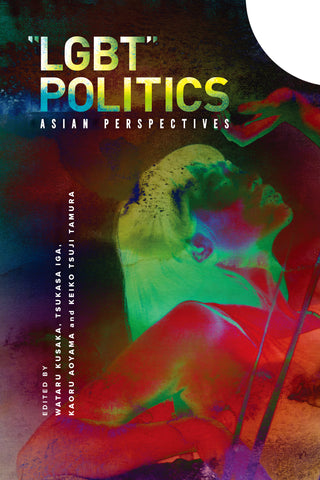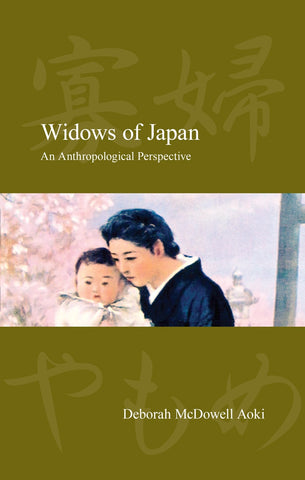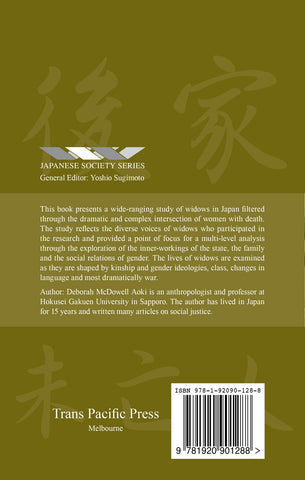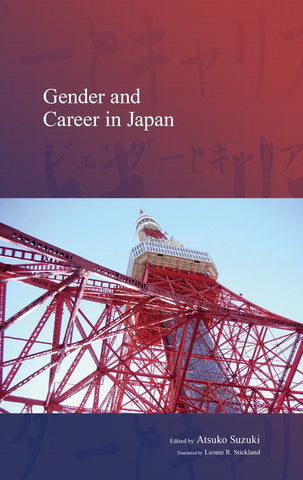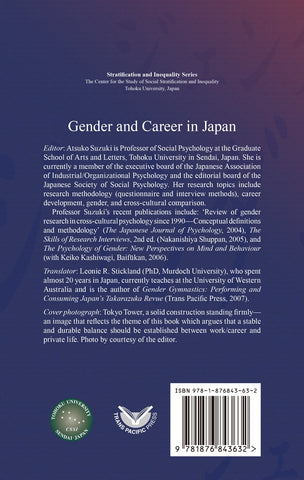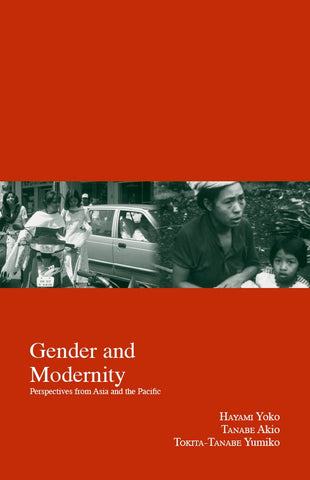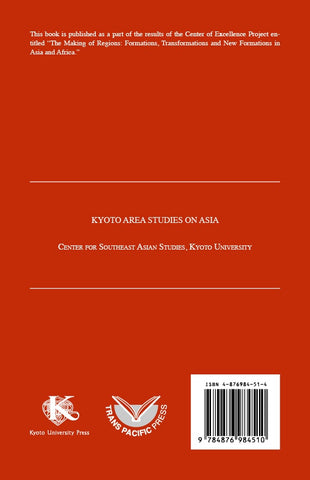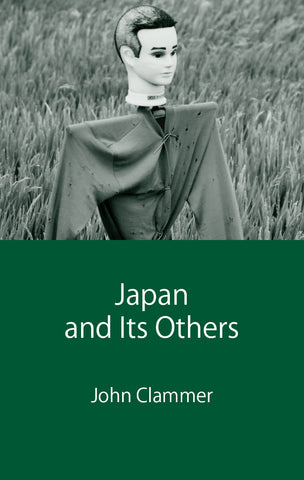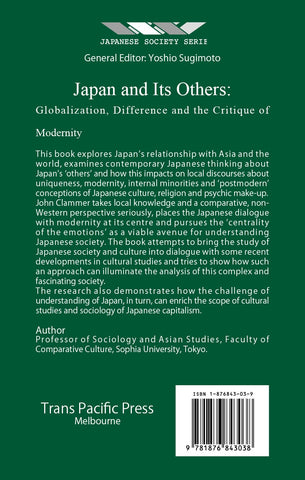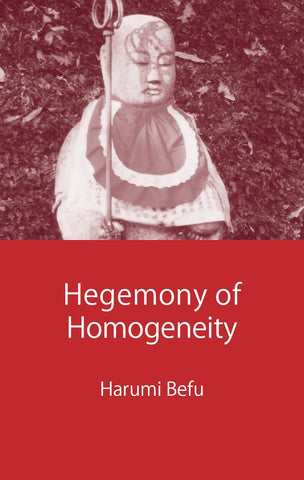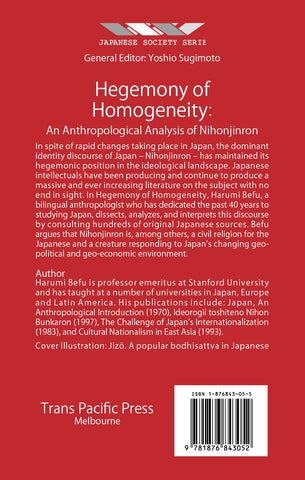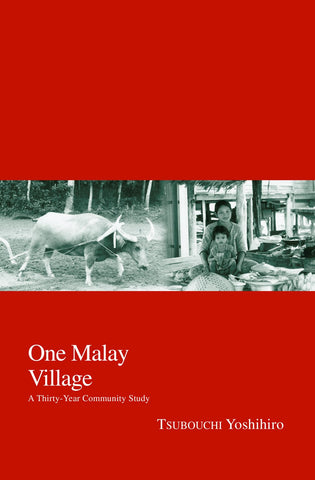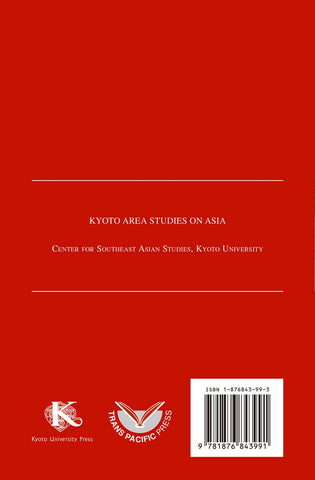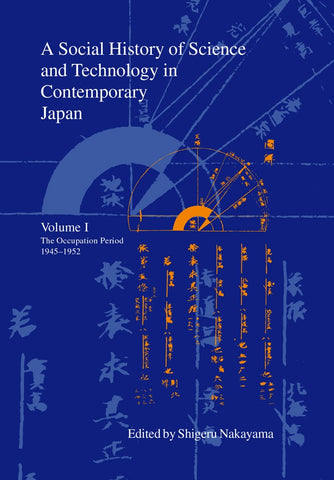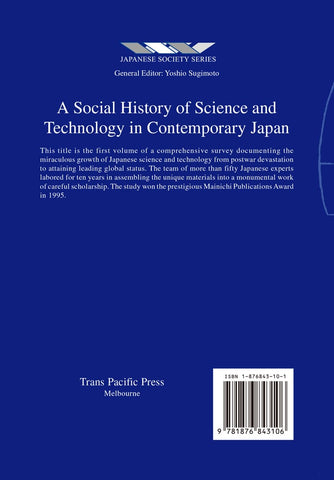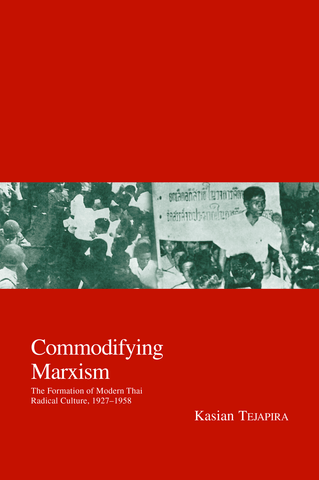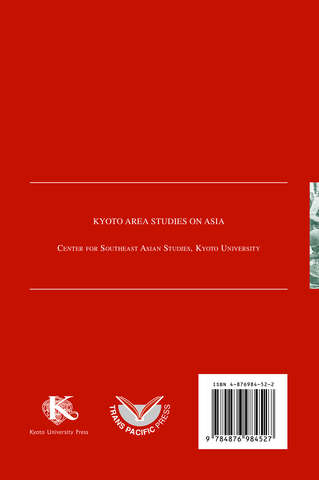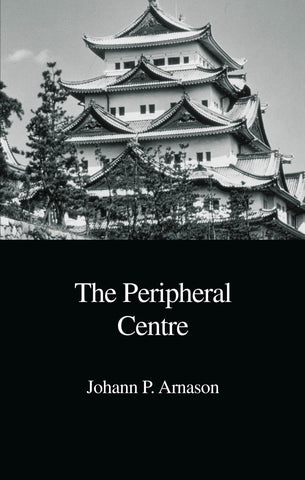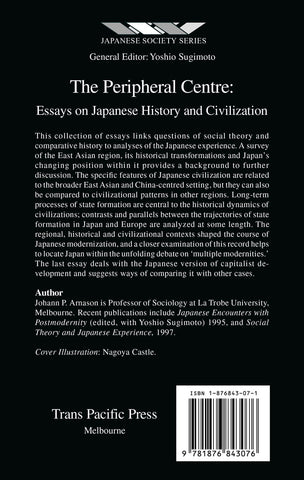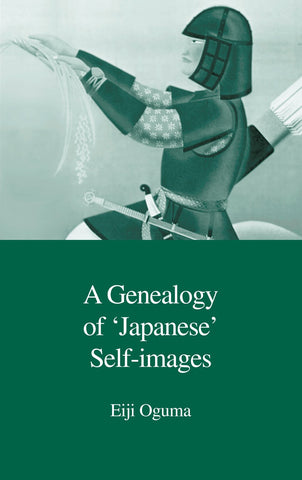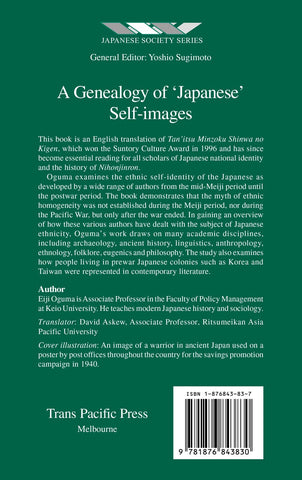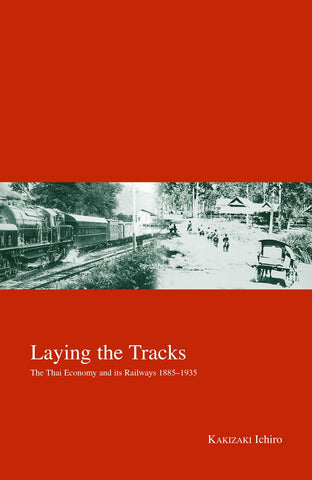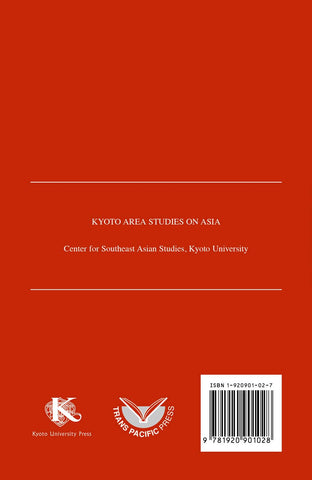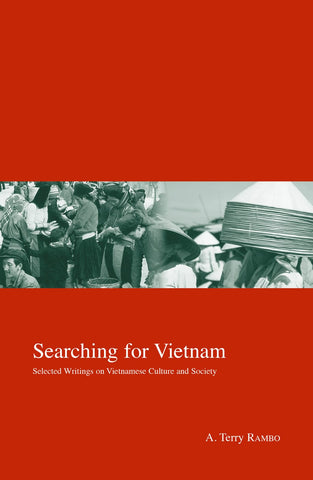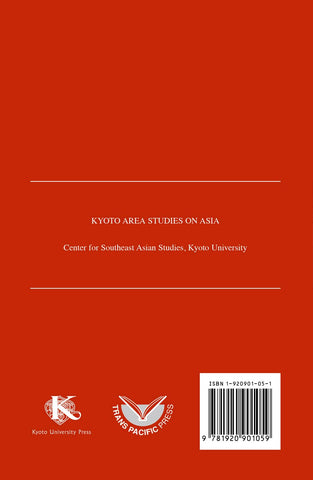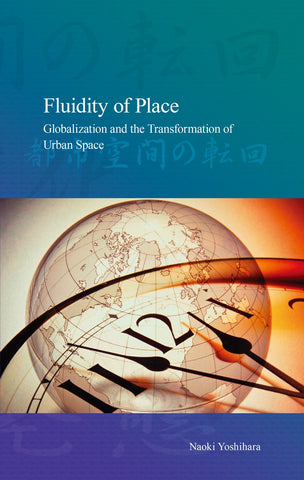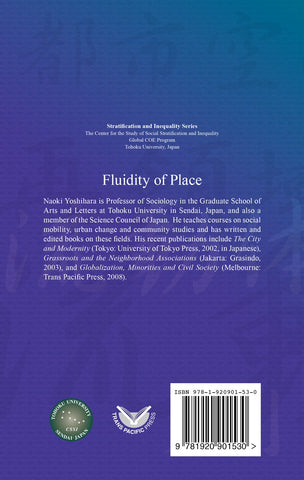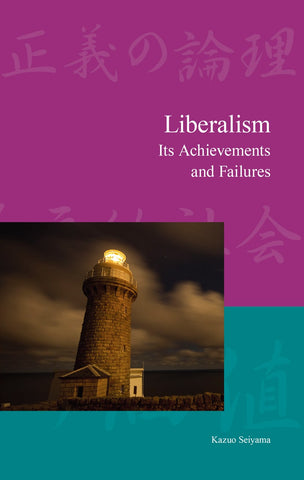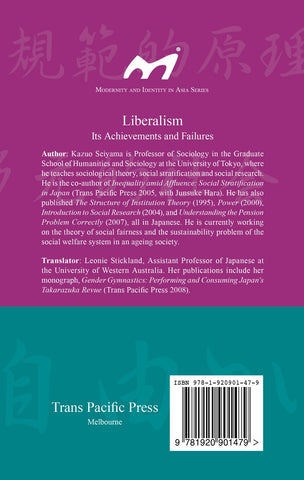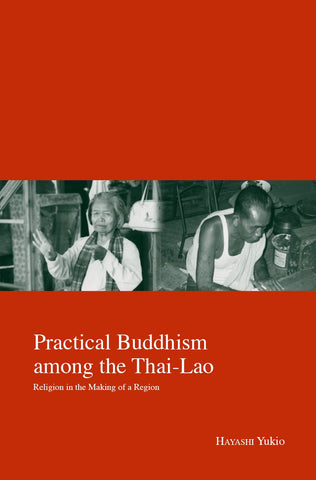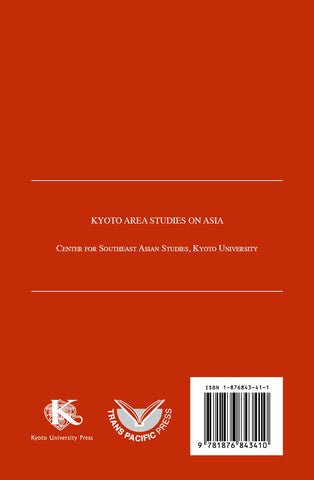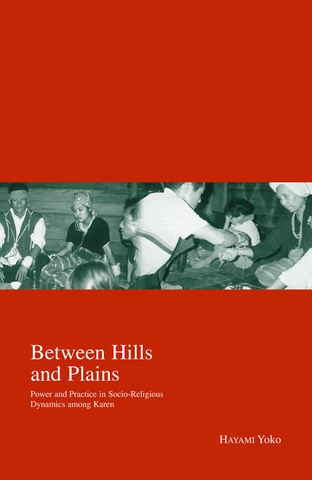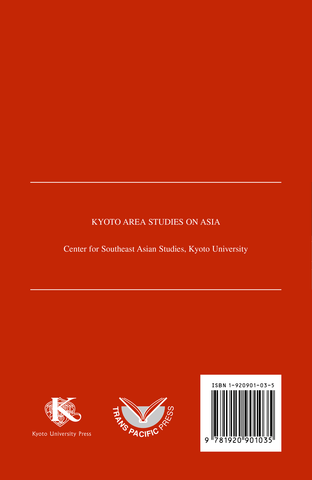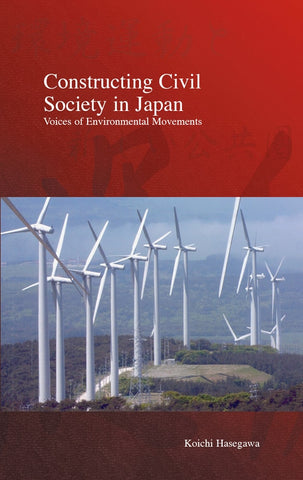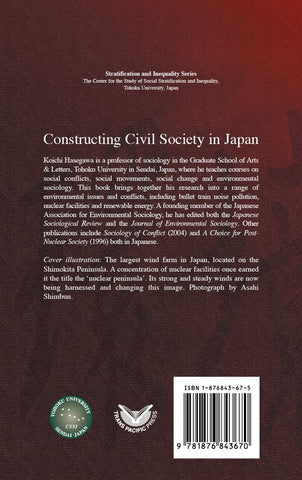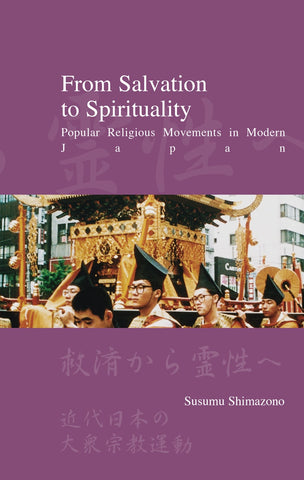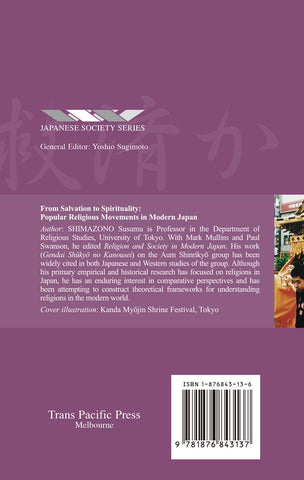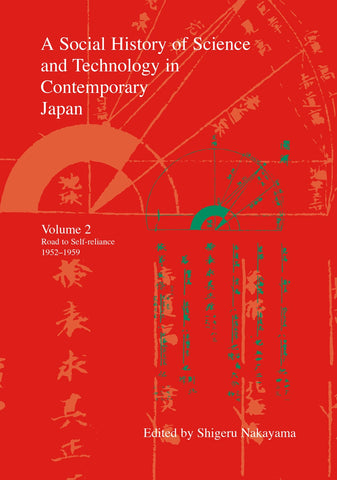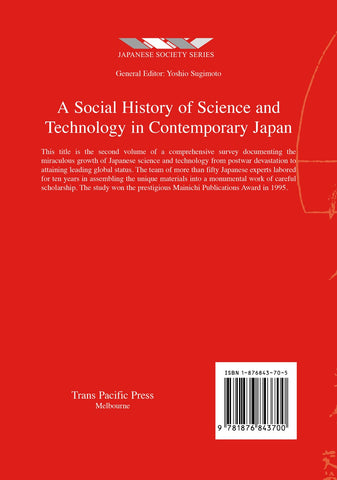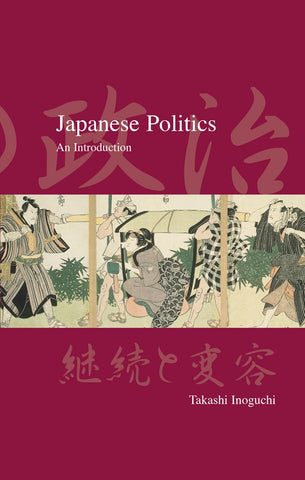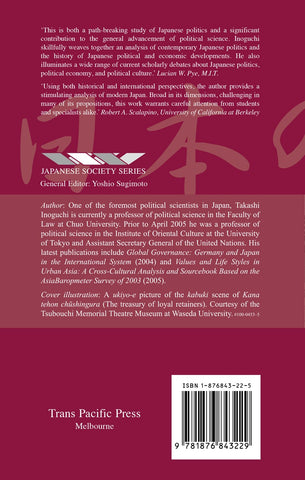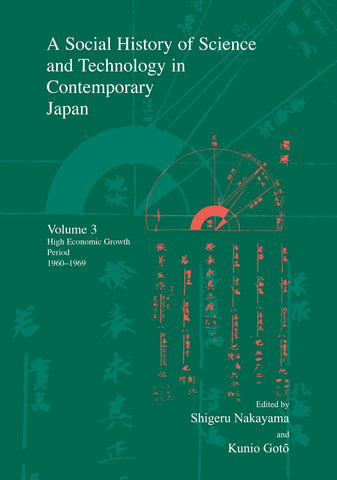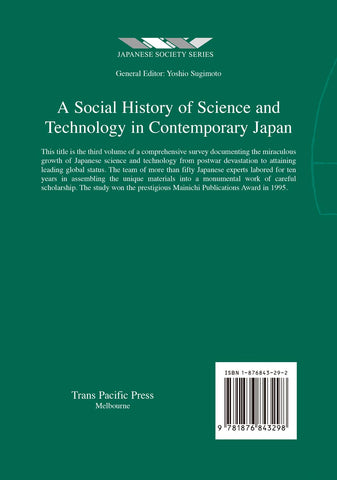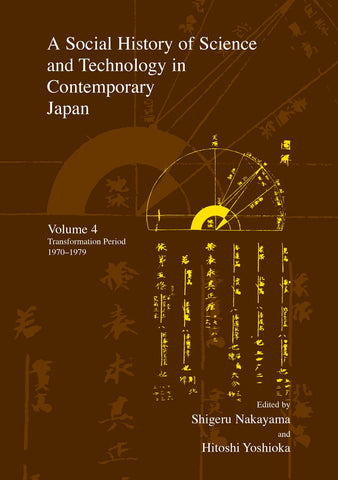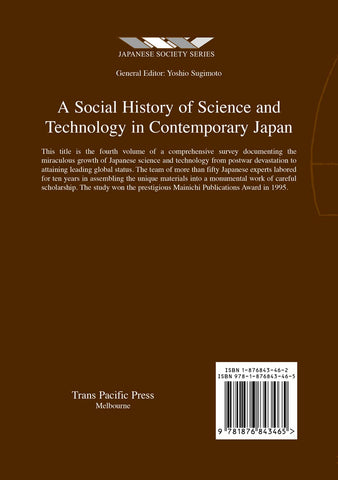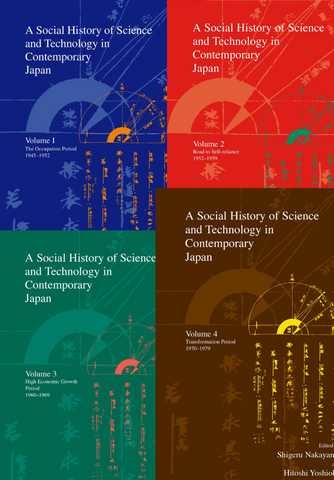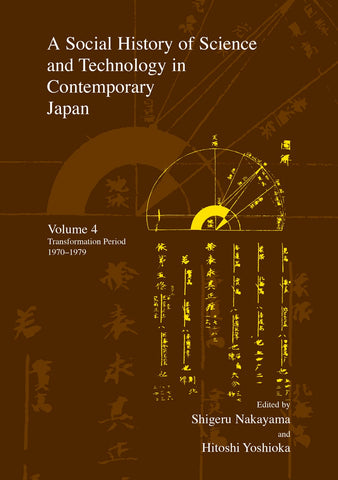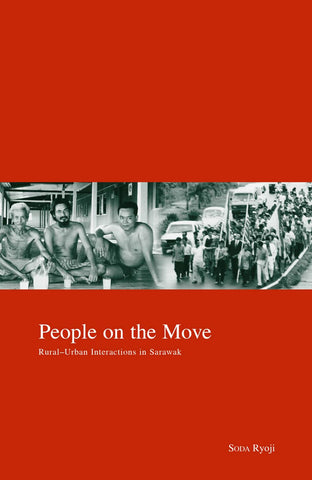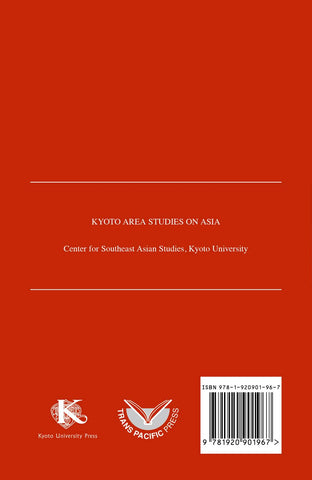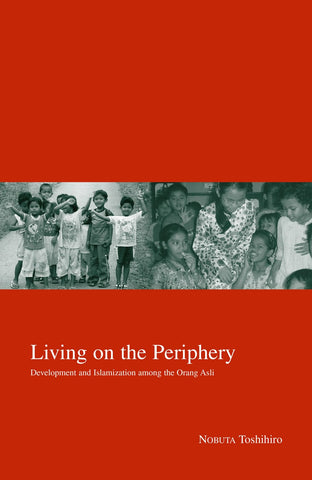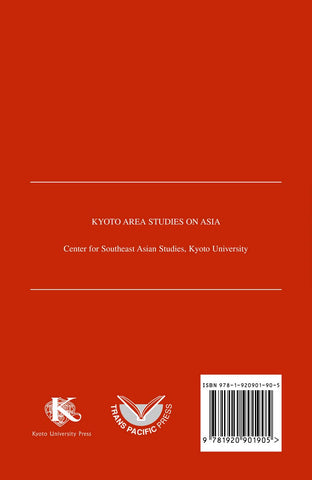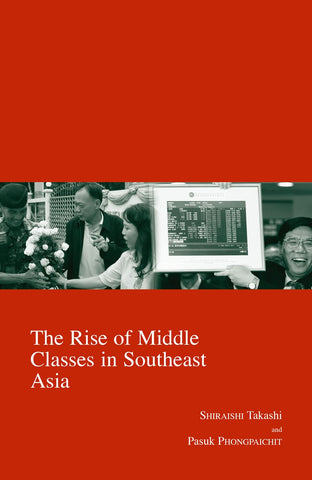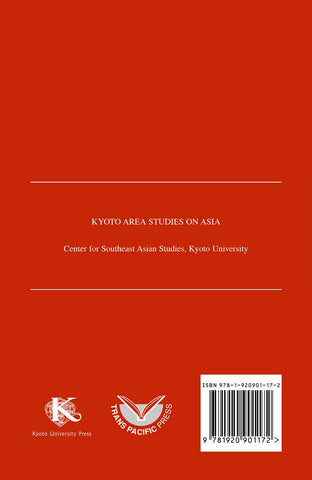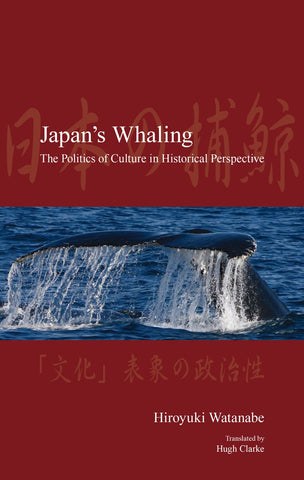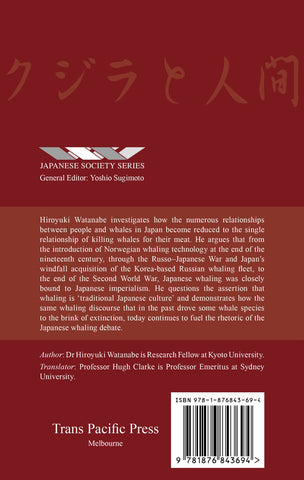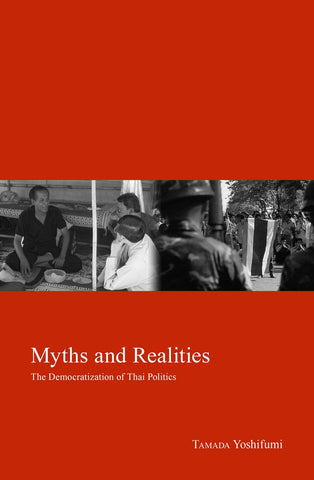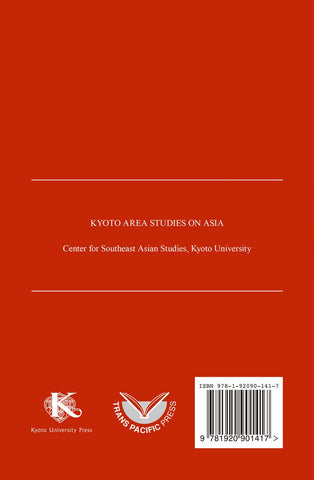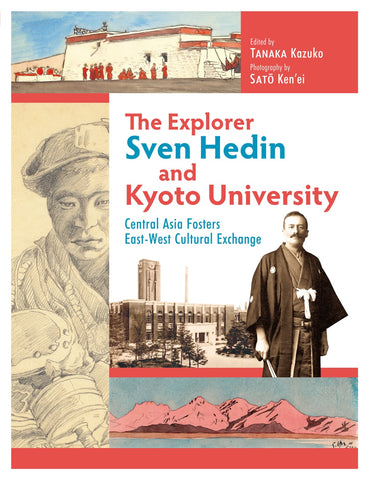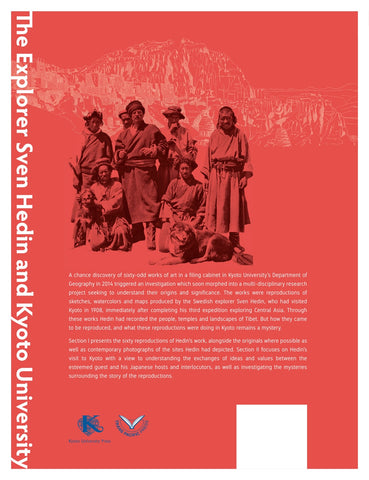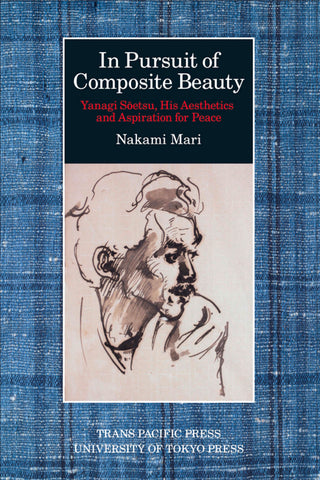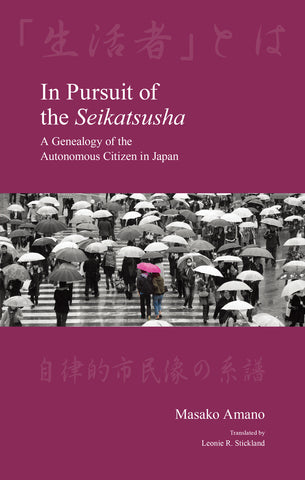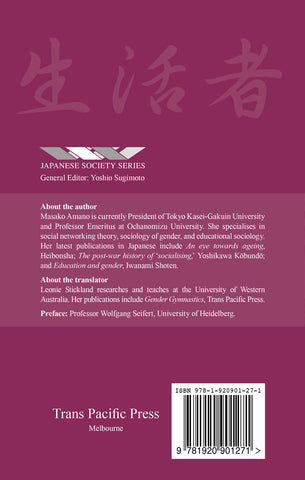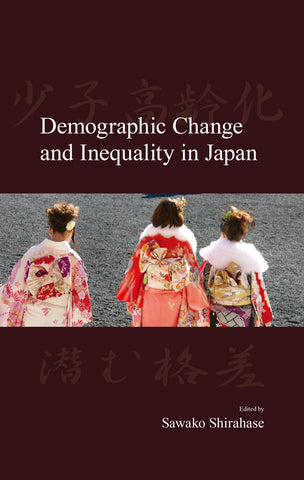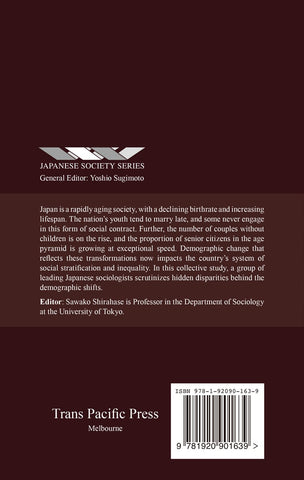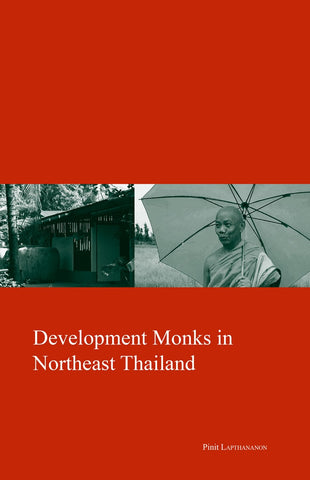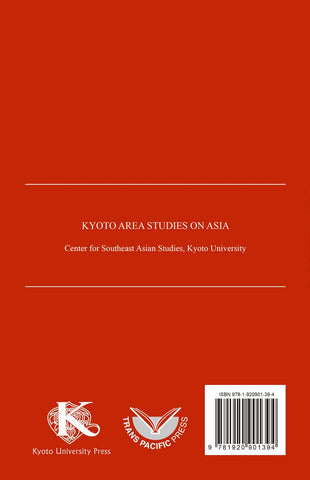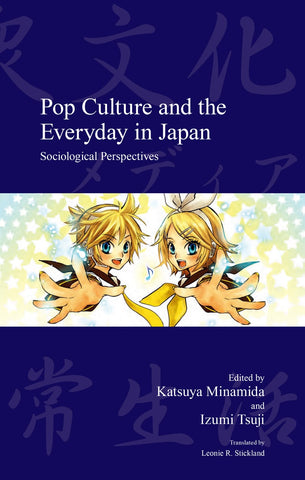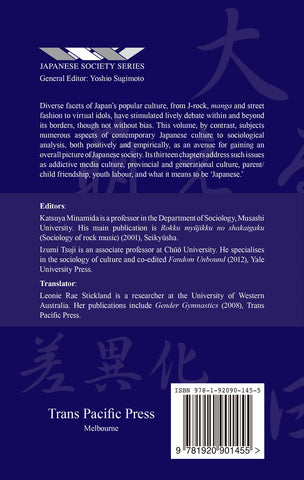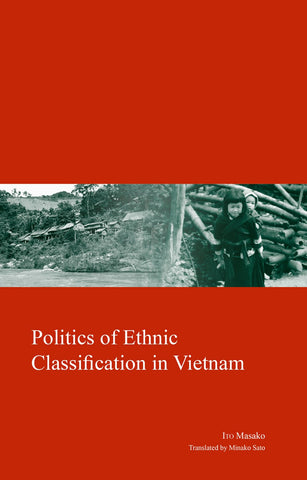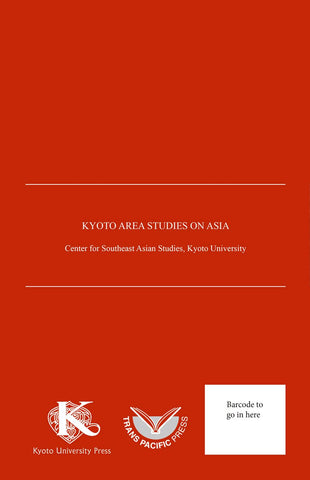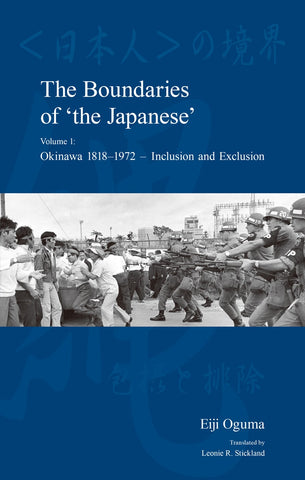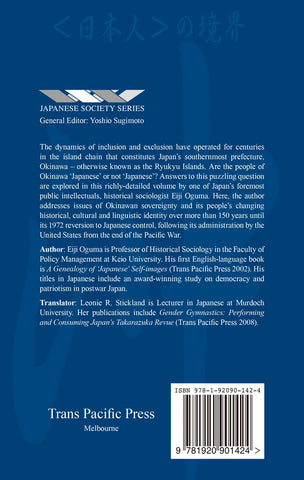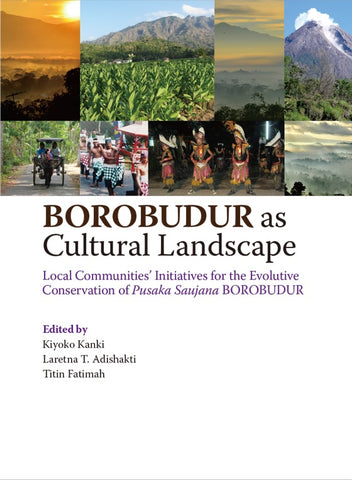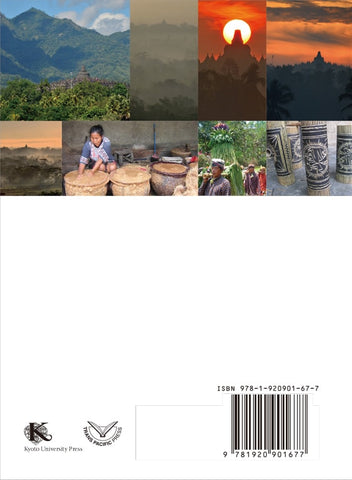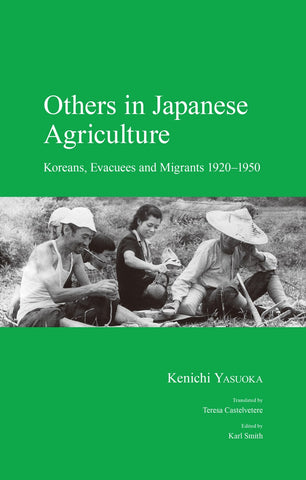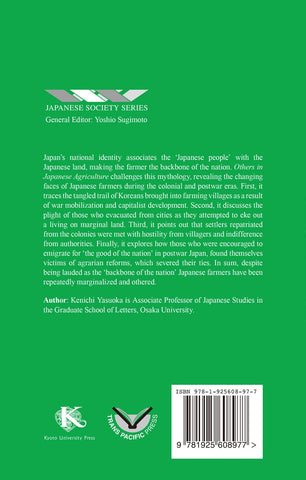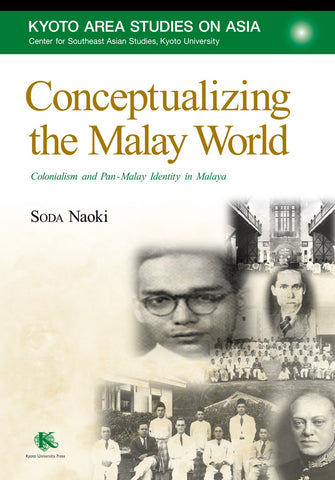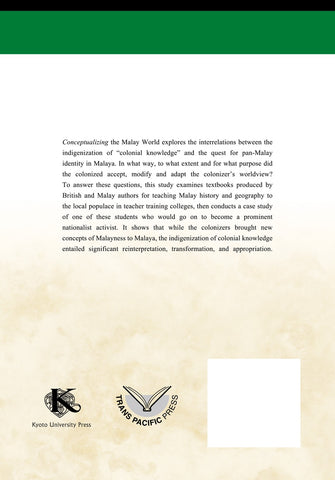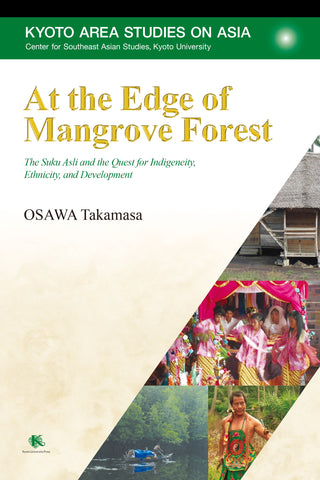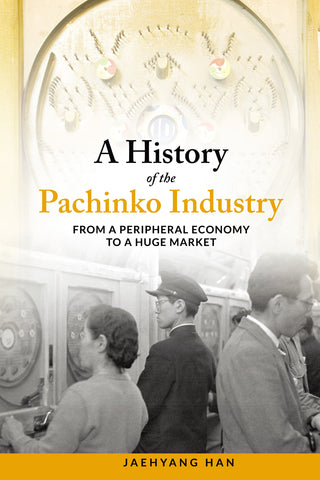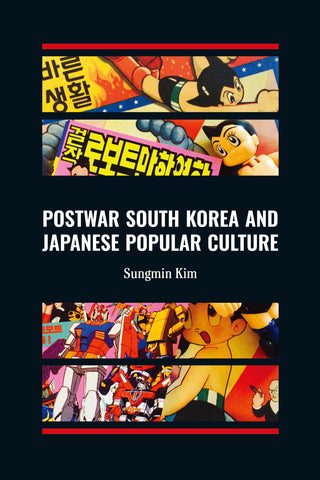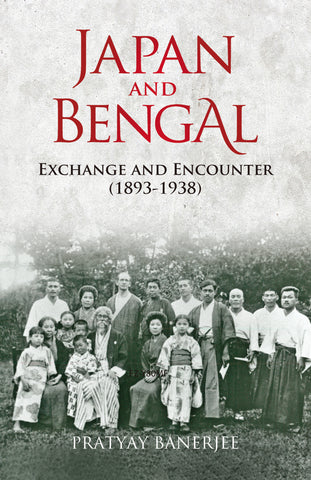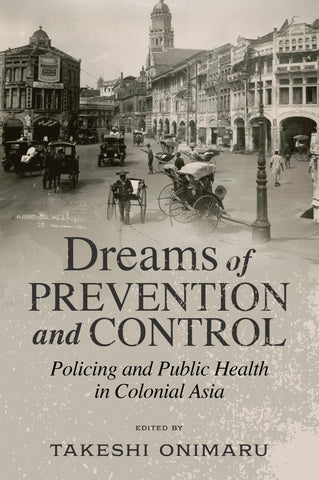Shop by Areas »
Shop by Category »
Gender History in China
Many In Stock
How have femininity and masculinity been defined and understood in China from prehistoric times to the present day?
Gender History in China presents for the first time in English the work of leading Japanese scholars in the fields of archaeology, history, literature, sociology and law who examine the gender dynamics that have shaped and changed Chinese society over several thousand years. The eighteen chapters and six columns look at the ways gender norms and customary legal practices shaped the family, kinship, and the social order, and how those norms were reflected in work patterns, inheritance, daily life, and literary works. Attention is given to the fundamental principle of qi (material essence) as a building block in cosmology, as well as in legal understandings of family relations. The second part of the volume turns to the dramatic changes in gender patterns from the late nineteenth century, looking at the inflow of new ideas, the struggle for political rights and economic equality, and the institution of new gender norms in socialist and reform-era China. The authors take up such topics as the view of the body in relation to Chinese cosmology, the incorporation of the military man into China’s model of hegemonic masculinity, the household registration system as a means of control, the appraisal of “talented women”, and the intersection of gender norms and nationalism. Gender History in China enriches our understanding of Chinese history and of contemporary Chinese society.
About Editors and Authors
KOHAMA Masako (Editor, Preface, Chapter 13)
Professor, College of Humanities and Sciences, Nihon University
SHIMOKURA Wataru (Phase I Introduction, Chapter 2)
Professor, Faculty of Letters, Tohoku Gakuin University
UCHIDA Junko (Chapter 1)
Associate Research Fellow, Institute of History and Philology, Academia Sinica
SATAKE Yasuko (Chapter 3)
Professor Emerita, Tohoku University
WONG Yu Hsuan (Chapter 4)
Associate Professor, Department of History, Tung Hai University
ARAKAWA Masaharu (Column 1)
Professor Emeritus, Osaka University
KANEKO Shuichi (Column 2)
Professor Emeritus, Kokugakuin University; Professor Emeritus, University of Yamanashi
SASAKI Megumi (Phase II Introduction, Focal Point, Chapter 6)
Professor, Faculty of Law and Literature, Shimane University
ŌSAWA Masaaki (Chapter 5)
Professor Emeritus, Sophia University; Research Fellow, Toyo Bunko
GOMI Tomoko (Chapter 7)
Senior Lecturer, Faculty of Liberal Arts, University of the Sacred Heart
KISHIMOTO Mio (Chapter 8)
Professor Emerita, Ochanomizu University
OGAWA Yoshiyuki (Column 3)
Professor, College of Literature, Kokushikan University
TAKASHIMA Kō (Phase III Introduction, Chapter 10)
Professor, Graduate School of Letters, Kyoto University
SAKAMOTO Hiroko (Chapter 9)
Professor Emerita, Hitotsubashi University
EGAMI Sachiko (Chapter 11)
Professor Emerita, Ferris University
Linda GROVE (Editor, Chapter 12)
Professor Emerita, Sophia University
OHASHI Fumie (Chapter 14)
Associate Professor, Institute for Gender Studies, Ochanomizu University
SUDŌ Mizuyo (Column 4)
Associate Professor, Faculty of International Relations, Kyoto Sangyo University
WASHIO Yūko (Chapter 15)
Part-time Teacher, College of Letters, Ritsumeikan University
ITAHASHI Akiko (Chapter 16)
Assistant Professor, Institute for Advanced Studies on Asia, University of Tokyo
YAO Yi (Chapter 17)
Part-time Teacher, University of Tokyo
AKIYAMA Yōko (Chapter 18)
Professor, Surugadai University
TŌYAMA Hideya (Column 5)
Visiting Researcher, BKC Research Organization of Social Science, Ritsumeikan University
NAKAYAMA Fumi (Column 6)
Professor, Faculty of Humanities and Sciences, Kobe Gakuin University
Table of contents
Figures
Contributors
Acknowledgement
Preface: Gender Order in Chinese History
PART I
Phase I: Pre-Qin to Sui-Tang: Classical China – The Formation of Patrilineal Society
Introduction
- Gender Structure in Pre-Qin China from an Archaeological Perspective
- The Patrilinealization of Society
- Literature and Women in China
- The Family in the Tang Period
Column 1: Introduction of Historical Materials: Wives’ Divorce and Daughters’
Inheritance of Property, Seen in Dunhuang Documents
Column 2: Empress Wu Zetian and Thereafter
Phase II: Song to Ming-Qing: Traditional China – The Strengthening of Gender Norms
Introduction
- Livelihood and Gender in the Tang and Song Dynasties
Focal Point: An Overview of Shiga Shūzō’s Principles of Chinese Family Law
- Traditional Family Ideology and the Chen-Zhu School
- Marriage and ‘Chastity’: Structure and Change
- The Sense of Social Status and Gender
Column 3: Court Ladies and Gender
Phase III: Modern and Contemporary China – Changing Gender Order
Introduction
- Nationalism and Gender
- Masculinity in Modern China
- Discourses on the Family, Love and Sex in Modern China
- Women’s Labor in Modern and Contemporary China
- The Founding of the People’s Republic of China and the Transformation of Gender Order
- Rearrangement of Gender Order in Post-Mao China: Changing Networks of Women’s Federations
Column 4: Two Histories of Women in Modern China
PART II
- The Household Register and the Family in Ancient China
- Perceptions of ‘Talented Women’
- Healthcare, the Body and Gender in Chinese Medicine
- The History of Women’s/Gender Studies and Feminism in China
Column 5: Sexual Minorities
Column 6: Theatre and Gender
Bibliography
Index
Related Books
-
China’s BRI in Southeast Asia$47.95China’s BRI in Southeast Asia presents empirica...China’s BRI in Southeast Asia presents empirical research that analyzes the dynamics and implications of the Belt and Roads Initiative (BRI) for the countries of Southeast Asia. While much has been...
-
Cultural Politics around East Asian Cinema 1939-2018$39.95This book examines the interdependent relations...This book examines the interdependent relationships between the film industry and the state in East Asia, treating films as political economic products, mixtures of government policy and industrial...
-
Boundaries of 'the Japanese' Vol.2$54.95In this the parallel volume to The Boundaries o...In this the parallel volume to The Boundaries of 'the Japanese': Volume 1: Okinawa 1818-1972 (2014), renowned historical sociologist Eiji Oguma further explores the fluctuating political, geographi...
-
Racial Representations in Asia$89.95Though there is no biological validity to race,...Though there is no biological validity to race, it continues to play a central role in various aspects of our daily lives. What, then, generates and reinforces the reality of race, and in what ways...
-
A Maritime History of East Asia$42.95This book takes the reader on a fascinating jou...This book takes the reader on a fascinating journey through the history of a region from the perspective of the interactions that occurred on and were facilitated by the sea. The book is divided in...
-
An Ecological View of History$29.95This is the first English version of Tadao Umes...This is the first English version of Tadao Umesao's classic, published first in Japanese in 1957, with a full description of his ecological theory of civilizations of Eurasia. Dividing the Eurasian...
-
Nationalism and Gender$29.95This is written by a sociologist and Japan's "m...This is written by a sociologist and Japan's "most famous feminist", Chizuko Ueno. A discursive battle over how Japan's history should be remembered constitutes the most recent, and perhaps the mos...
-
Women and Soldiers$34.99After World War II, for a variety of reasons, s...After World War II, for a variety of reasons, some women in Japan had intimate relations with occupying US soldiers. These women were called ‘panpan’, a derogatory label, and to this day have been ...
-
Women on the Right$37.95Right-wing social movements have been increasin...Right-wing social movements have been increasingly active in Japan since around 2000. Female members of right-wing political parties and other women activists on the right, including "internet righ...
-
Gender Gymnastics$34.95The artifice of gender performance - sometimes ...The artifice of gender performance - sometimes playful, mostly conscientious - has enthralled and entertained audiences of Japan's all-female Takarazuka Revue for more than 90 years. The dashing ma...
-
"LGBT" Politics$32.09This is the comparative study of the politics s...This is the comparative study of the politics surrounding gender and sexual minorities in Asia, which sheds light on the diverse indigenous identities and sexualities of Asia, examining cases in In...
-
Widows of Japan$34.95This book presents a wide-ranging study of wido...This book presents a wide-ranging study of widows in Japan, filtered through the dramatic and complex intersection of women with death. These experiences are portrayed as intensely personal and yet...
-
Gender and Career in Japan$34.95In Japanese society, gender has long been a maj...In Japanese society, gender has long been a major determinant of individuals' work-career and life trajectory. Due to the complexity of this social phenomenon, Gender and Career in Japan probes the...
-
Gender and Modernity$34.95Drawing on a wealth of ethnographic fieldwork, ...Drawing on a wealth of ethnographic fieldwork, this anthology examines the complexities of identity formation and self-positioning in post-colonial contexts, ranging from the impact of Christian mi...
-
Coming Out in Japan$29.00Traditionally the Japanese have shunned those n...Traditionally the Japanese have shunned those not fitting the majority heterosexual mould. Those with a homosexual orientation have always endured an uncomfortable existence in a culture which cond...
-
Japan and Its Others$29.95This book explores Japan's relationship with As...This book explores Japan's relationship with Asia and the world, examines contemporary Japanese thinking about Japan's "others" and how this impacts on local discourses about uniqueness, modernity,...
-
Hegemony of Homogeneity$29.95Much of the misunderstanding by foreigners abou...Much of the misunderstanding by foreigners about Japan arises out of their acceptance of certain stereotypes about the Japanese. Harumi Befu spearheaded the critique of the stereotypical and the es...
-
One Malay Village$29.95In a society recognized for its multi-racial co...In a society recognized for its multi-racial constitution, the relative homogeneity of Kelantan has inspired numerous researchers to seek the "essence" of "Malay-ness" in the traditional ethnic eve...
-
Social History of Science and Technology Vol.1$99.95This title is the first volume of a comprehensi...This title is the first volume of a comprehensive, four-volume survey which documents the miraculous growth of Japanese science and technology from post-war devastation to its attaining a leading g...
-
Commodifying Marxism$29.95In this study of the formation of modern Thai r...In this study of the formation of modern Thai radical culture, Tejapira reveals a process of cultural and political interaction which results in a mutual transformation of exogenous Marxism/communi...
-
The Peripheral Centre$29.95The main theme of the book is the complex relat...The main theme of the book is the complex relationship between the patterns of Japanese modernity and the civilizational legacy on which they continue to grow. The author discusses the East Asian r...
-
A Genealogy of 'Japanese' Self-images$39.95This book presents a counter-argument to the Ja...This book presents a counter-argument to the Japanese belief that they are a homogeneous nation since the Meiji period. Eiji Oguma demonstrates that the myth of ethnic homogeneity was not establish...
-
An Ecological View of History$29.95This is the first English version of Tadao Umes...This is the first English version of Tadao Umesao's classic, published first in Japanese in 1957, with a full description of his ecological theory of civilizations of Eurasia. Dividing the Eurasian...
-
Laying the Tracks$69.95A joint publication of Trans Pacific Press and ...A joint publication of Trans Pacific Press and Kyoto University Press, this economic history of the early development of Thailand's railways details the rail policies of the royal government, from ...
-
Searching for Vietnam$79.95Volume 9 of the Kyoto Area Studies on Asia brin...Volume 9 of the Kyoto Area Studies on Asia brings together the author's selected writings about Vietnam from the past forty years. The book opens with an autobiographical account of his history as ...
-
Fluidity of Place$34.95Fluidity of Place presents an interdisciplinary...Fluidity of Place presents an interdisciplinary conversation with theories of space-time, place, and globalization at the cutting edge of social theory. Focusing on the construction of urban space ...
-
Liberalism$34.95In the past two decades, as the tsunami of glob...In the past two decades, as the tsunami of globalism followed Marxism's collapse, and the seemingly ubiquitous and transparent principle of 'the market' came to forge a direct link between worldwid...
-
Practical Buddhism Among the Thai-Lao$34.95Based on long-term fieldwork, Hayashi presents ...Based on long-term fieldwork, Hayashi presents the local history of Thai-Lao religion and society, up to and including its present-day dynamics. Working from the analytical premise that concepts su...
-
Between Hills and Plains$69.95In this study, Hayami suggests that the Karen i...In this study, Hayami suggests that the Karen in northwestern Thailand are located "betwixt and between" the peripheries and the mainstream of the modern nation-state. It demonstrates how the Karen...
-
Constructing Civil Society in Japan$49.95Japan's post-World War II "economic miracle" is...Japan's post-World War II "economic miracle" is well-known and much discussed, as is the collapse of the "bubble economy" and the almost decade long economic stagnation of the 1990s. In this collec...
-
From Salvation to Spirituality$34.95Susumu Shimazono, one of Japan's foremost socio...Susumu Shimazono, one of Japan's foremost sociologists of religion, deals with the development of popular religious and spiritual movements in Japan in the nineteenth and the twentieth centuries. A...
-
Social History of Science and Technology Vol.2$99.95This title is the second volume of a comprehens...This title is the second volume of a comprehensive, four-volume survey which documents the miraculous growth of Japanese science and technology from postwar devastation to its attaining a leading g...
-
Japanese Politics$34.95When the Japanese economy was on the rise, as i...When the Japanese economy was on the rise, as it was in the 1980s, it was often suggested that the Japanese way of doing things was culturally unique and inherently superior. The apparent success o...
-
Social History of Science and Technology Vol.3$99.95This is the third volume of a comprehensive, fo...This is the third volume of a comprehensive, four-volume survey that documents the miraculous growth of Japanese science and technology from post-war devastation to its rise as a global leader. A t...
-
Social History of Science and Technology Vol.4$109.95This study is the fourth and final volume of a ...This study is the fourth and final volume of a comprehensive survey that documents the miraculous growth of Japanese science and technology from post-war devastation to its rise as a global leader....
-
A Social History of Science and Technology in Contemporary Japan (Complete Set)$300.00
$398.00Order all four-books together for "A Social His...Order all four-books together for "A Social History of Science and Technology in Contemporary Japan" which documents the miraculous growth of Japanese science and technology from post-war devastati... -
People on the Move$79.95Based on participant observation and interviews...Based on participant observation and interviews in a village in Sarawak, Ryoji Soda examines outward migration from the village, the migrants' living strategies in urban areas, their frequent moves...
-
Living on the Periphery$59.95Orang Asli is a generic name given to the indig...Orang Asli is a generic name given to the indigenous people living on the Malay Peninsula. Using extensive ethnographic data, Living on the Periphery reveals the way in which state-initiated develo...
-
The Rise of Middle Classes in Southeast Asia$89.95The rise of the new middle classes in Southeast...The rise of the new middle classes in Southeast Asia has brought about important transformations in various countries - politically, socially, economically, and culturally - while producing new 'Ea...
-
Japan's Whaling$34.95Hiroyuki Watanabe investigates how the numerous...Hiroyuki Watanabe investigates how the numerous relationships between people and whales in Japan become reduced to the single relationship of killing whales for their meat. He argues that from the ...
-
Myths and Realities$34.95This study challenges the prevailing view that ...This study challenges the prevailing view that Thailand's democratization process in the 1990s was led by the active middle class. It presents an alternative explanation, examining certain 'passive...
-
The Explorer Sven Hedin and Kyoto University$89.95A chance discovery of sixty-odd works of art in...A chance discovery of sixty-odd works of art in a filing cabinet in Kyoto University's Department of Geography in 2014 triggered an investigation which soon morphed into a multi-disciplinary resear...
-
A Maritime History of East Asia$42.95This book takes the reader on a fascinating jou...This book takes the reader on a fascinating journey through the history of a region from the perspective of the interactions that occurred on and were facilitated by the sea. The book is divided in...
-
In Pursuit of Composite Beauty$84.95In Pursuit of Composite Beauty is a study of th...In Pursuit of Composite Beauty is a study of the life and thought of Yanagi Soetsu (1889-1961), known primarily as the founder of Japan's mingei (folk crafts) movement. Mr. Yanagi was a thinker who...
-
Racial Representations in Asia$89.95Though there is no biological validity to race,...Though there is no biological validity to race, it continues to play a central role in various aspects of our daily lives. What, then, generates and reinforces the reality of race, and in what ways...
-
In Pursuit of the Seikatsusha$34.95This is a study of Japan's home-grown concept o...This is a study of Japan's home-grown concept of seikatsusha that resembles 'citizen,' 'people,' 'consumer,' 'common man,' and 'the public,' though not exactly identical with any of them. The idea ...
-
Demographic Change and Inequality in Japan$34.95Japan is a rapidly aging society with a declini...Japan is a rapidly aging society with a declining birthrate and increasing lifespan. The nation's youth tend to marry late, and some never engage in this form of social contract. Further, the numbe...
-
Development Monks in Northeast Thailand$99.95This study examines the role of Buddhist monks ...This study examines the role of Buddhist monks as development agents in rural Thailand. Through 20 years of field studies, and with a focus on Northeast Thailand (which is known as Isan and long cl...
-
Pop Culture and the Everyday in Japan$34.95Manga, anime, J-pop, and other forms of Japan's...Manga, anime, J-pop, and other forms of Japan's mass culture are increasingly popular around the world, a situation which requires structural, demographic, and communicative research from sociologi...
-
Politics of Ethnic Classification in Vietnam$94.95Officially, the Socialist Republic of Vietnam h...Officially, the Socialist Republic of Vietnam has a total of 54 ethnic groups, including the majority Kinh and 53 ethnic minority groups. This book examines the history of the ethnic group determin...
-
Boundaries of 'the Japanese' Vol.1$54.95The dynamics of inclusion and exclusion have op...The dynamics of inclusion and exclusion have operated for centuries in the island chain that constitutes Japan's southernmost prefecture, Okinawa - otherwise known as the Ryukyu Islands. Are the pe...
-
Borobudur as Cultural Landscape$84.95Borobudur is a 9th-century Buddhist temple site...Borobudur is a 9th-century Buddhist temple site in Central Java, Indonesia. As a cultural landscape, Borobudur is a site of active discussion. Since the start of the International Field School on B...
-
Boundaries of 'the Japanese' Vol.2$54.95In this the parallel volume to The Boundaries o...In this the parallel volume to The Boundaries of 'the Japanese': Volume 1: Okinawa 1818-1972 (2014), renowned historical sociologist Eiji Oguma further explores the fluctuating political, geographi...
-
Others in Japanese Agriculture$84.85Japan's national identity associates the 'Japan...Japan's national identity associates the 'Japanese people' with the Japanese land, making the farmer the backbone of the nation. Others in Japanese Agriculture challenges this mythology, revealing ...
-
Cultural Politics around East Asian Cinema 1939-2018$39.95This book examines the interdependent relations...This book examines the interdependent relationships between the film industry and the state in East Asia, treating films as political economic products, mixtures of government policy and industrial...
-
Conceptualizing the Malay World$59.95Conceptualizing the Malay World explores the in...Conceptualizing the Malay World explores the interrelations between the indigenization of "colonial knowledge" and the quest for pan-Malay identity in Malaya. In what way, to what extent and for wh...
-
Baseball in Occupied Japan$59.95How was baseball used to promote U.S. values in...How was baseball used to promote U.S. values in occupied Japan? The first post-war Japanese professional baseball game was held on November 23, 1945, just 100 days after the end of World War II. D...
-
At the Edge of Mangrove Forest$37.95This book explores the emergence of indigeneity...This book explores the emergence of indigeneity among the Suku Asli, a group of post-foragers living on the eastern coast of Sumatra, Indonesia. In the past, despite indefinite ethnic boundaries an...
-
A History of the Pachinko Industry$49.95Pachinko parlors offer a form of gambling uniqu...Pachinko parlors offer a form of gambling unique to Japan located near train stations, in the suburbs and in other everyday living spaces. Before World War II, pachinko was born as a game for both ...
-
Utagawa Hiroshige$79.95In the late Edo period, when society was maturi...In the late Edo period, when society was maturing and Japan was moving to open its doors to the outside world, landscapes were undergoing major changes. Many world-famous ukiyo-e painters were acti...
-
Postwar South Korea and Japanese Popular Culture$35.95After World War II, Japanese popular culture wa...After World War II, Japanese popular culture was "banned" in Korea. However, despite the official ban, Japanese popular culture was introduced and circulated through hidden or unofficial channels. ...
-
Japan and Bengal$35.95Japan's radical development following the Meiji...Japan's radical development following the Meiji Restoration in 1868, drew the attention of the world. Among other provinces in British India, it was in Bengal chiefly, that one witnessed a sustaine...
-
Dreams of Prevention and Control$45.75The European and Japanese empires that colonize...The European and Japanese empires that colonized much of Asia in the nineteenth and early twentieth centuries faced numerous challenges in public health and social order. They sought to prevent dis...
